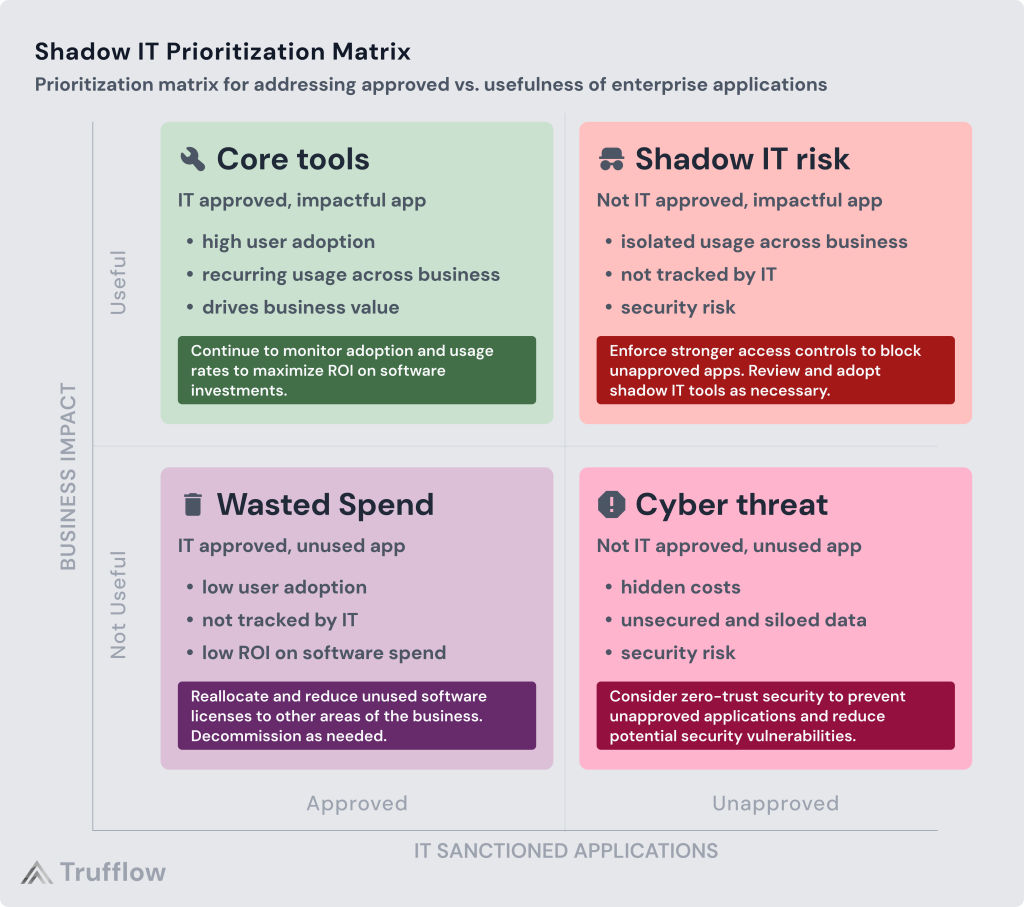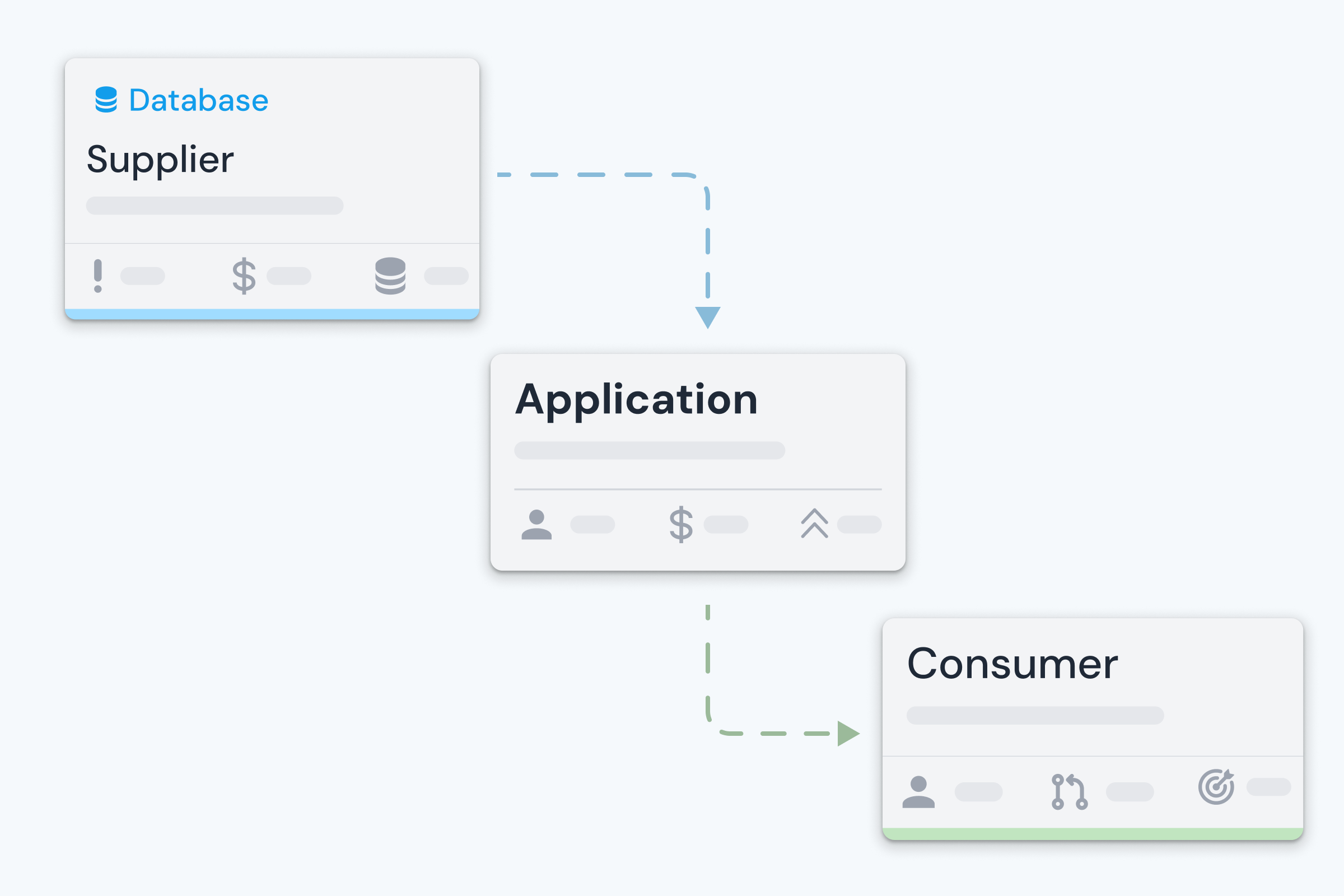Enterprises lost $43 million in 2024 alone due to poor visibility and underutilization of enterprise applications, according to a study from WalkMe — a staggering cost for tools meant to improve efficiency.
One major reason? Application visibility gaps. Organizations believe employees use 37 apps, like Microsoft 365 and SAP. However, the real number is more than 600 on average, WalkMe’s data shows.
Underutilized Enterprise Apps
Nearly half of software licenses go unused by employees, according to a study by Nexthink. One example of this is evident through a report by the auditor general where it revealed that the City of Toronto spent almost $11 million on software that wasn’t used, with examples where over 90 per cent of Microsoft 365 licenses purchased were not used for one year.
Though organizations hope to achieve cost savings through bulk purchases, the financial benefits are eroded when companies fail to track underutilized software. As a result, organizations continue paying for underused or redundant applications, diminishing their return on investment.
The Rise of Shadow IT
Shadow IT pertains to the use of software or hardware by employees within an organization without the knowledge, approval, or oversight of the central IT department.
A survey by NextPlane found that more than half of teams (53%) did not want IT teams suggesting tools for them to use.
For instance, when employees find approved tools cumbersome or insufficient, they often turn to unauthorized alternatives. However, this creates blind spots in security and compliance, as IT teams remain unaware of potential vulnerabilities.
A survey of Forbes states 21% of companies suffered a “cybersecurity event due to an unsanctioned IT resource.”
Eliminating all unsanctioned software may not be the solution, as it could lead to pushback from dissatisfied end users. A combination of stronger access controls and selective adoption of useful unsanctioned applications can drive greater business impact.

The Financial Impact of IT Frustration
When employees resort to unapproved tools or underuse enterprise apps, the financial consequences quickly add up.
- Cost of Redundant or Underused Apps: Organizations frequently overspend on unused or poorly adopted applications. Without insight into actual usage, they continue renewing licenses that offer little to no business value.
Half of all software installed goes unused by employees according to a study by Nexthink.
- Operational Inefficiencies: Using disconnected or redundant tools creates workflow fragmentation, leading to productivity losses. Employees waste time switching between apps or duplicating work across multiple platforms.
Despite increasing digital adoption investments, employees still waste an average of 36 working days per year due to software frustrations, according to WalkMe.
- Security and Incident Costs: A survey of Forbes states 21% of companies suffered a “cybersecurity event due to an unsanctioned IT resource.” Unauthorized software introduces cybersecurity vulnerabilities, which can result in costly data breaches and result in regulatory fines.
The global average cost of a data breach in 2024 is $4.88 million according to IBM.
Improve Software Visibility
Gain visibility into your technology ecosystem with insights into software usage, user engagement, and changes in adoption with Trufflow.
The Importance of Software Usage Visibility
To avoid the pitfalls of shadow IT and underutilized software, companies must prioritize software observability. By tracking usage patterns, IT teams can make data-driven decisions that maximize their technology investments.
- Improved ROI on Tech Spend: Tracking software usage reveals which applications are delivering value and which are being overlooked. This allows IT teams to eliminate unnecessary licenses for underused apps and reallocate spending toward higher-impact tools.
- Reduced Shadow IT Risks: By identifying unauthorized app usage early, companies can reduce security gaps. Proactive governance helps IT teams enforce software policies and prevent costly breaches.
- Enhanced Productivity and Efficiency: With clearer insights into software adoption, organizations can provide targeted training to improve utilization or replace ineffective tools. This drives productivity by ensuring employees have the right applications for their needs.
How to Improve Software Usage Visibility
1. Leverage Software Observability Platforms
Tools like Trufflow enable businesses to track detailed metrics on software consumption, usage, and value. With real-time insights, IT teams can identify:
- Which apps are actively used.
- Identify redundant and underutilized applications and services
- How application usage trends impact costs.
2. Conduct Regular IT Audits
Frequent reviews of app usage and spend help identify underused licenses and prevent redundancy. Audit unused or low-usage apps and reallocate or decommission them.
3. Gather User Feedback and Provide Training
Low software adoption may stem from poor user experiences. Gather employee feedback to understand why users turn to unauthorized apps and improve training and support for existing enterprise tools.
The lack of visibility into employee software usage poses significant financial, security, and operational risks. Companies that lack visibility into their software ecosystem are more likely to overspend on unused licenses, face compliance issues, and fall victim to security breaches
By adopting software observability platforms like Trufflow, organizations can gain real-time transparency into software value, reduce costs, and improve security. Tracking software usage metrics ensures that every dollar invested in software drives meaningful business value.
Trufflow is a platform for measuring and managing technology value. Reach out today to learn how Trufflow can help you gain full visibility into your software ecosystem.
.webp)




